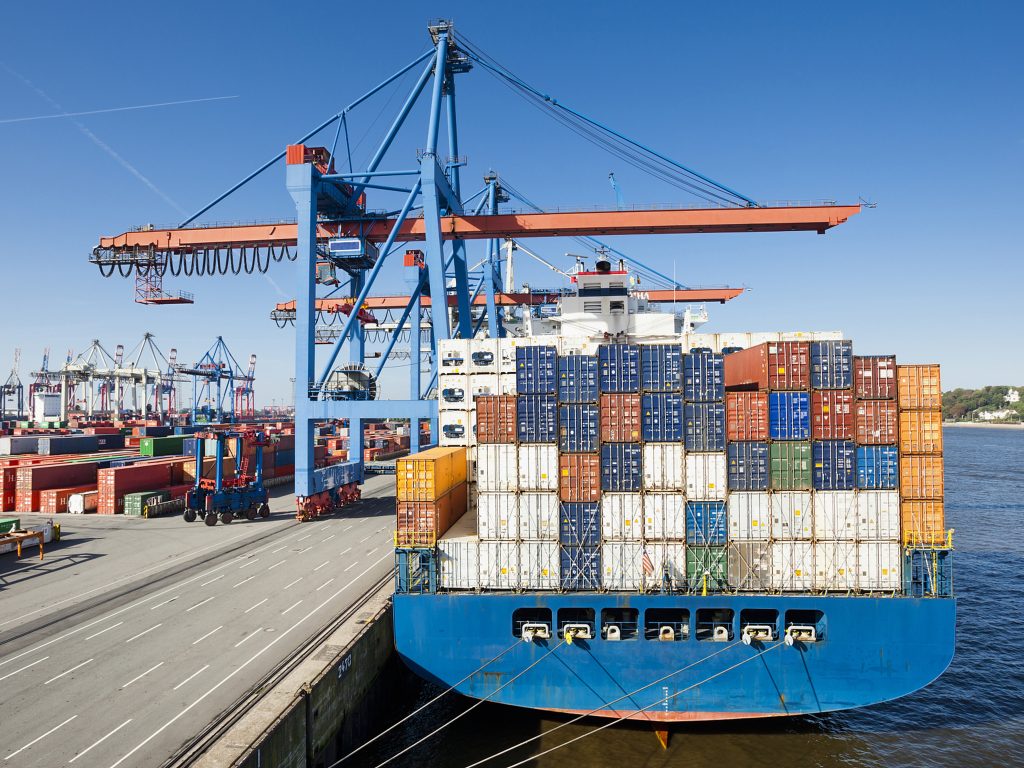
The China-Indonesia trade corridor is now a cornerstone of Southeast Asia’s economic growth, with bilateral trade reaching $136 billion in 2023 and projected to surge further as Indonesia capitalizes on its strategic role in global supply chain diversification. For businesses, navigating this dynamic route requires overcoming challenges like fragmented island logistics, complex customs regulations, and port congestion. This article dives into 2024’s critical updates, technology-driven solutions, and actionable strategies to optimize China-to-Indonesia freight forwarding while staying ahead of competitors.
- 2024 Trends Reshaping Indonesia’s Logistics Landscape
Infrastructure Modernization Accelerates
Indonesia’s National Strategic Projects (PSN) are transforming logistics, with investments in:
- Palu Port (Central Sulawesi): Reduces reliance on Jakarta by 30%, offering faster access to Sulawesi’s nickel mines and manufacturing hubs.
- Belawan Port (North Sumatra): Upgraded facilities now handle 25% more cargo, easing pressure on Tanjung Priok.
- New Rail Corridors: Java’s high-speed rail extension to Surabaya (2024) slashes overland transit times by 40%. Policy Shifts: ACFTA 2024 Updates
Indonesia’s enhanced participation in the ASEAN-China Free Trade Area (ACFTA) eliminates tariffs on 98% of goods, including electronics and palm oil derivatives. However, compliance with new Rules of Origin (ROO) requirements, including 40% local value-added thresholds, demands meticulous documentation. Sustainability Mandates
Indonesia’s ESG Roadmap 2030 imposes stricter carbon emission standards on imported goods. Businesses using non-compliant shipping methods face penalties of up to 15% of shipment value.
- Key Services for China-to-Indonesia Shipments
Tailored solutions ensure efficiency in this island-dominant market: Ocean Freight: Optimizing Island Hopping
- Major Trade Lanes:
- Shanghai to Tanjung Priok (Jakarta): 7–10 days via mainline vessels; ideal for bulk commodities like steel and chemicals.
- Xiamen to Bitung (North Sulawesi): 12–15 days for goods targeting nickel processing zones—critical for EV battery supply chains.
- Freight Consolidation: Save 30% on costs with LCL (Less than Container Load) options for smaller shipments, avoiding FCL minimum charges.
- Port Diversification: Avoid Tanjung Priok’s 45% average dwell time by splitting shipments between Belawan (Medan) and Tanjung Perak (Surabaya). Air Freight: Precision for High-Value Goods
- Priority Routes:
- Guangzhou Baiyun to Soekarno-Hatta (Jakarta): 2–3 days for electronics or pharmaceuticals, leveraging Indonesia’s new e-Customs AI clearance system.
- Shenzhen to Bali’s Ngurah Rai: Fast-track tourism-related cargo, including luxury goods and perishables. Multimodal Solutions: Bridging Land and Sea
- Sea-Rail Intermodal: Combine ocean freight to Tanjung Priok with Java’s high-speed rail to Surabaya or Semarang, reducing inland trucking costs by 25%.
- Cross-Border Trucking: Utilize Malaysia-Indonesia border routes (e.g., Port Klang to Dumai) for seamless transshipment to Sumatra’s industrial zones.
- Overcoming 2024’s Top Challenges
Customs Compliance in Indonesia
- Mandatory e-Archipelago System: Indonesia’s DJKP now requires 100% digital documentation via the ASWAL (Online Customs Submission) portal. Errors in HS codes or missing certificates of origin trigger automatic audits.
- BPOM Approvals: Stricter food safety inspections delay shipments by 3–5 days if documentation is incomplete. Use AI tools to auto-generate compliant certificates. Infrastructure Bottlenecks
- Port Congestion Solutions:
- Real-Time Monitoring: Track vessel arrivals via Indonesia’s Pelindo portal to avoid Tanjung Priok’s peak-hour queues.
- Secondary Ports: Route to Bitung or Tanjung Balai Karimun for faster clearance.
- Last-Mile Delivery: Partner with local 3PLs like J&T Express or SiCepat for same-day delivery in Jakarta, Bandung, or Surabaya. Regulatory Risks
- Anti-Dumping Duties: China-origin steel and aluminum face 25% tariffs unless re-exported through Indonesia with valid Form D certificates.
- Import Restrictions: Used machinery requires prior approval from BKPM (Indonesia Investment Coordinating Board).
- Technology-Driven Solutions for 2024
AI-Powered Risk Mitigation
- Predictive Analytics: Tools like Flexport’s Control Tower forecast Tanjung Priok delays with 90% accuracy, enabling proactive rerouting via Belawan.
- Dynamic Pricing Engines: Adjust ocean freight rates in real-time based on fuel costs and seasonal demand spikes, saving up to $2,000 per container. Blockchain for Transparency
- Smart Contracts: Automate duty payments and release shipments upon blockchain-verified ASWAL approvals, reducing processing time by 72 hours.
- Immutable Tracking: IBM’s TradeLens provides end-to-end visibility, from Chinese factories to Indonesian recipients. Carbon-Neutral Shipping
- Green Freight Options: Maersk’s Biofuel Express routes from Shanghai to Jakarta offer 30% lower emissions, aligning with Indonesia’s 2030 net-zero goals.
- How to Choose a 2024-Ready Freight Forwarder
Prioritize partners offering: - Local Compliance Teams: Bilingual experts in Indonesia’s ASWAL portal, BPOM inspections, and BKPM approvals.
- Technology Integration: APIs connecting your ERP system with Indonesia’s e-Customs and ASWAL platforms.
- Network Reach: Partnerships with local logistics providers in Surabaya, Medan, and Makassar for seamless last-mile delivery.
Conclusion
The China-Indonesia trade corridor in 2024 demands agility, digital fluency, and deep regulatory expertise. By leveraging AI-driven tools, multimodal strategies, and sustainability frameworks, businesses can reduce costs by 25–35%, accelerate delivery times, and mitigate risks in this high-growth market.
Optimize Your Cross-Border Strategy Today
Partner with forwarders who combine cutting-edge technology with regional insights to turn Indonesia’s logistical complexity into a competitive advantage.






